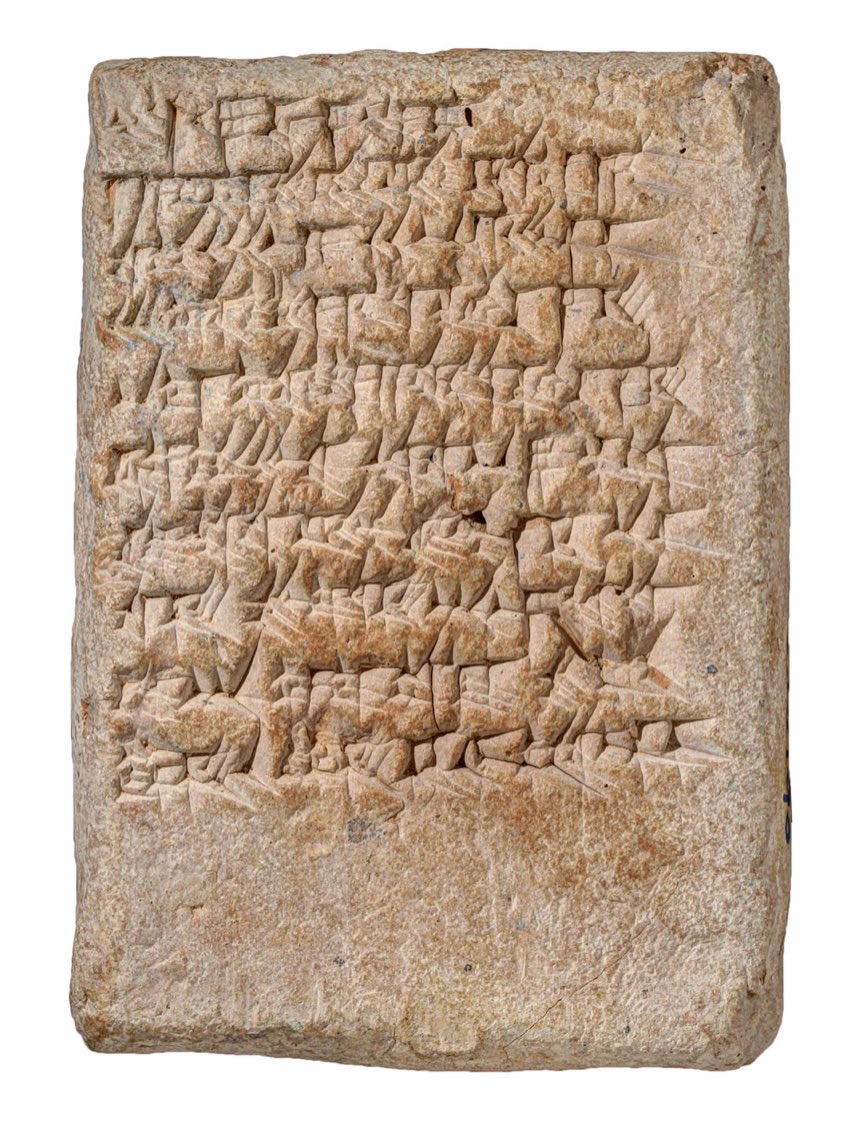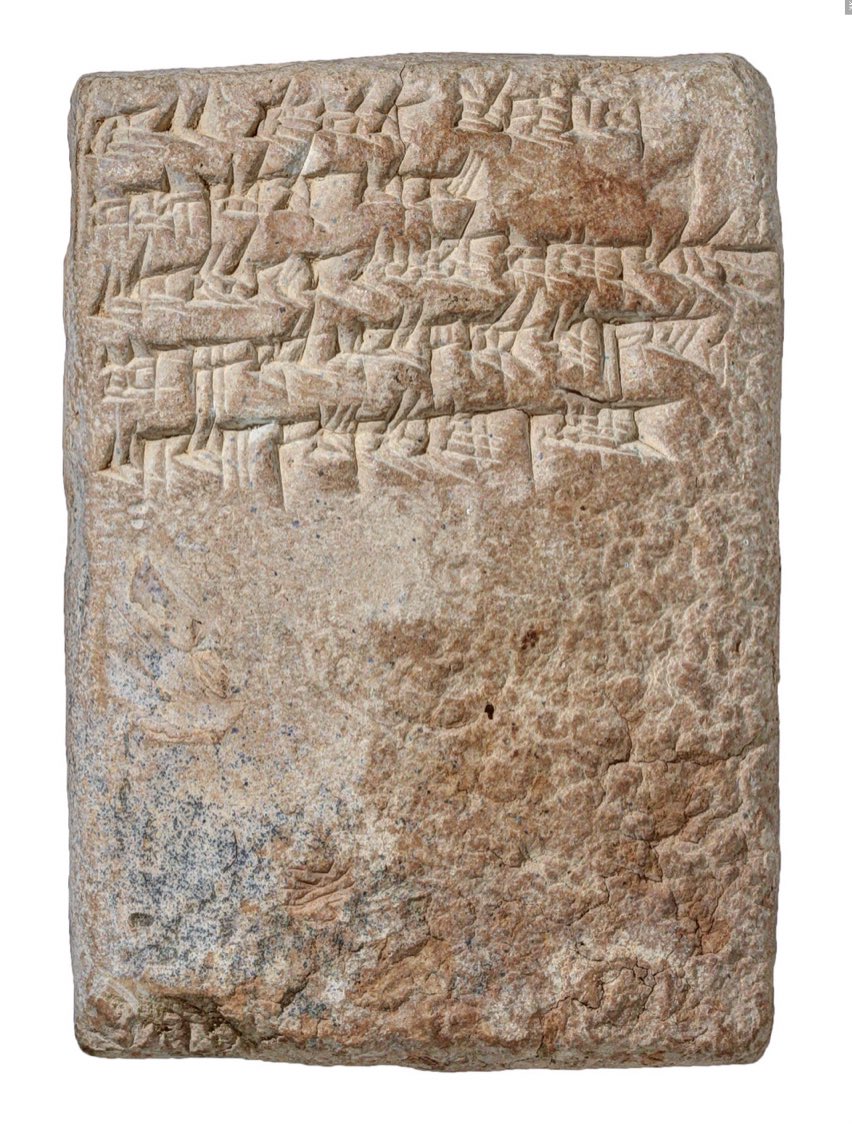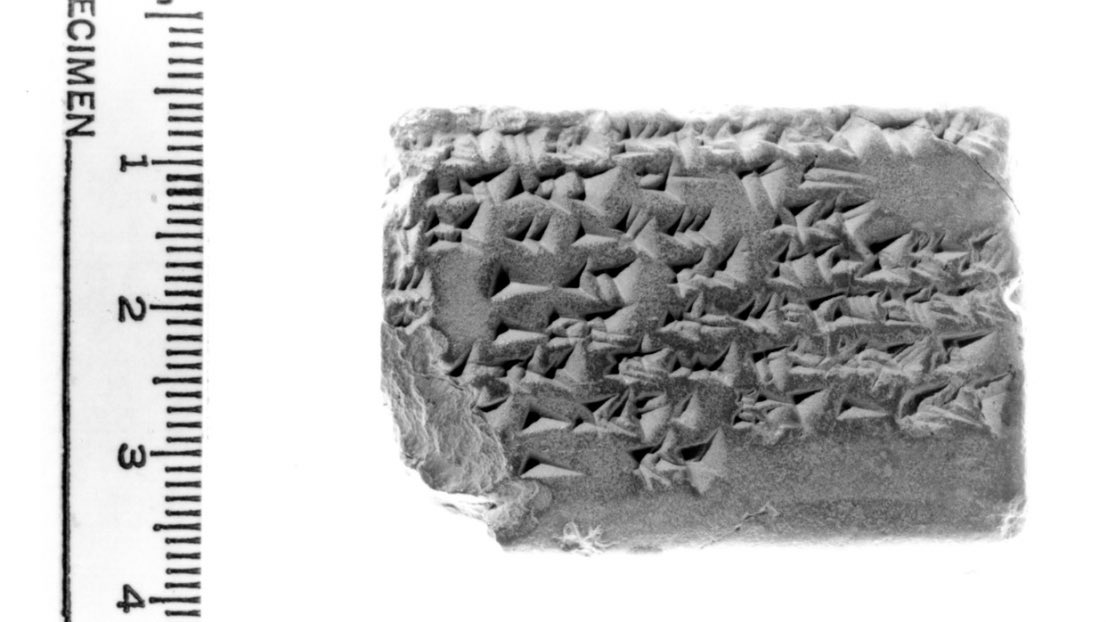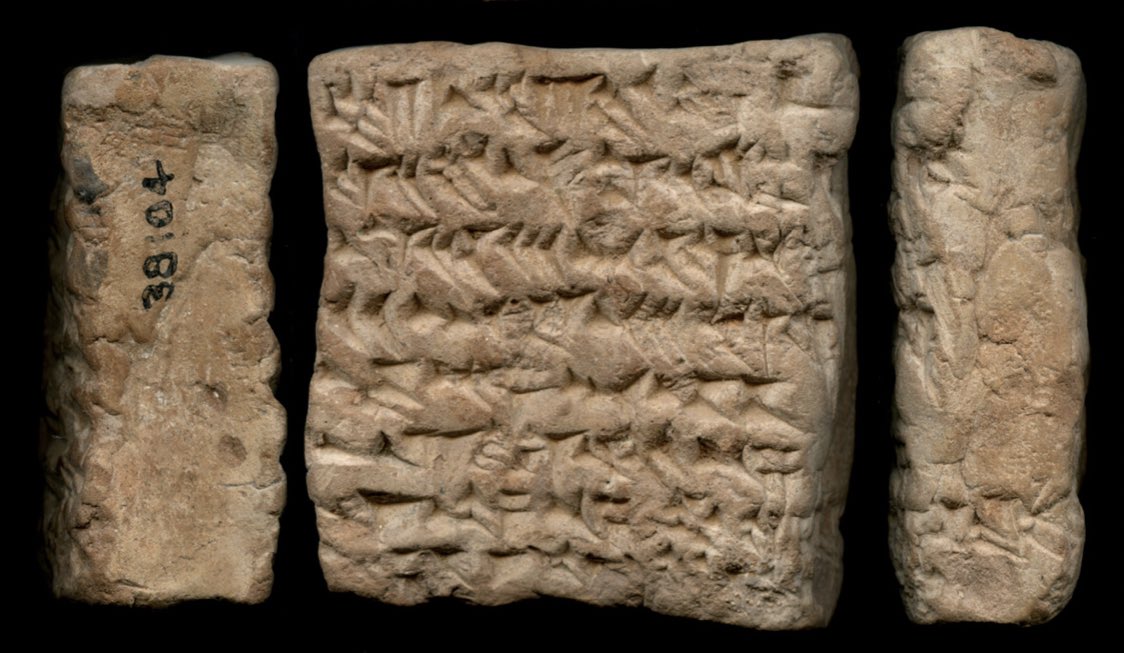In the ruins of the ancient Babylonian city of Isin lie the 3,000-year-old remains of a temple to the healing goddess Gula.
She was the patron goddess of physicians who wielded a scalpel and a bandage, and her companion was a trusted, pointy-eared dog.
She was the patron goddess of physicians who wielded a scalpel and a bandage, and her companion was a trusted, pointy-eared dog.

Beneath a long ramp or platform in the healing goddess’ temple precinct in ancient Isin, 33 dogs were laid to rest.
Their remains show no evidence of ritual sacrifice, but some did have severe injuries that healed during their lifetimes. Many were puppies.
Their remains show no evidence of ritual sacrifice, but some did have severe injuries that healed during their lifetimes. Many were puppies.
The tallest dog buried in the temple precinct to the healing goddess in Isin was 65cm tall (about the height of a Ridgeback).
The shortest was about 45cm tall (about the height of a Pit Bull). repository.cam.ac.uk/items/e7e56308…

The shortest was about 45cm tall (about the height of a Pit Bull). repository.cam.ac.uk/items/e7e56308…

What were 33 dogs doing in a healing temple in ancient Babylonia?
Was the temple a healing sanctuary for injured dogs? Did the dogs participate in healing?
We’re not sure, but what’s interesting is they confirm that dogs were kept at a healing temple and deliberately buried.
Was the temple a healing sanctuary for injured dogs? Did the dogs participate in healing?
We’re not sure, but what’s interesting is they confirm that dogs were kept at a healing temple and deliberately buried.

Cuneiform tablets from around 2000 BCE record deliveries of dead sheep “for the dogs” alongside live sheep for the goddess Gula.
These were received by a dog handler or overseer (sipa ur-gi7-ra). So 4,000 years ago, there were dogs at another healing temple too.


These were received by a dog handler or overseer (sipa ur-gi7-ra). So 4,000 years ago, there were dogs at another healing temple too.


There is a lot to consider, but what I think is amazing is that the healing goddess Gula was not just depicted with a dog in her divine iconography.
There were literal dogs involved in her cult, and I just love that so much.
There were literal dogs involved in her cult, and I just love that so much.
Source: “The dogs of the healing goddess Gula in the archaeological and textual record of ancient Mesopotamia” by @SerainaNett repository.cam.ac.uk/items/e7e56308…
• • •
Missing some Tweet in this thread? You can try to
force a refresh

 Read on Twitter
Read on Twitter






























